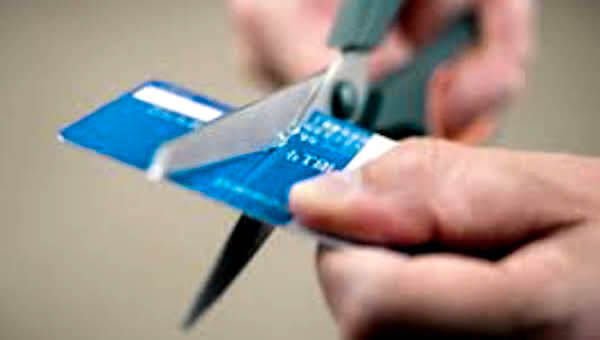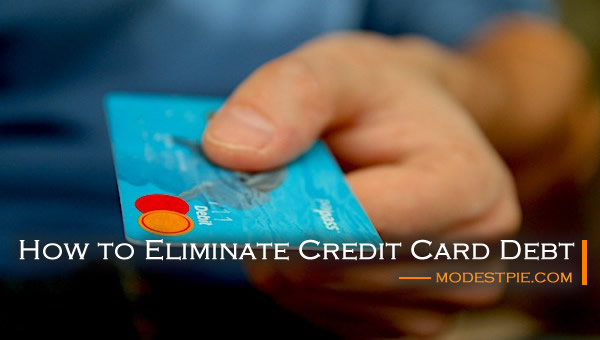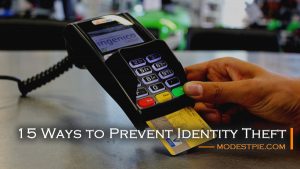Credit card debt is something I know too well. When I was in my early 20s a few decades ago, I managed to rake up a debt of $40,000 spread across 8 maxed out credit cards.
I was still green when it came to finances then, and having just started a career and being qualified for credit cards, I naively experienced instant gratification, mainly made possible with interest-free credit card instalments while making the minimum payment each month. In a few short years, I was up to my neck in debts, especially with housing instalments and car loans thrown into the mix.
It’s so easy to be blindsided when you don’t have a proper financial plan for the future. It is a trap all too common with young graduates living comfortably from paycheck to paycheck and able to make ends meet. Even in that comfy situation, all it would take is a retrenchment or a financial crisis to be in serious trouble. Someone with a credit card debt like I did back then would be buried deep.
Anyone with a lingering credit card debt should aim to pay it off as soon as possible. If you are in such a situation, stop worrying and start planning. Today, we list down the steps you can take to reduce credit card debt towards a better financial future.
STEP #1
Work out your total credit card debt
Gather your latest statements and work out the total that you owe on all credit cards. Include also your mortgage and car loans, as well as other loans such as student loan, loan from parents etc. This will give you a big picture view of your monthly commitments. Don’t be surprised if the overall figure shocks you. It is important to know where you stand in the grand scheme of debt, and is a first step towards reducing it.
STEP #2
Determine your fixed monthly payments
This would be your loans and other fixed monthly commitments that you cannot escape from paying, such as:
- mortgage
- car loan
- health insurance
- student loan
- loan from parents; etc.
After that, work out your monthly living expenses, which will include items such as:
- groceries
- eat-outs and coffee
- mobile phone plan
- home internet connectivity plan
- gym membership
- magazine subscriptions; etc.
Subtract the total of loans and living expenses from your net salary and other income. The remainder is what is left for credit card debt repayment.
Optional: You may also assign 90% of this remainder for the debt repayment, leaving you an extra 10% for emergency expenses. Set ratio according to your monthly salary and/or foreseeable additional expenses.
STEP #3
Managing the Outstanding Balances
Transfer and consolidate all your credit card debt worked out in Step #1 to accounts or cards which are more advantageous for you. There are 4 ways to do that:
- Determine which credit card offers the lowest interest rate and transfer most or all the outstanding balances to this card. Put it all in one card if you can, if not, spread it across 2 cards.
- Apply for a credit card that offers interest-free instalment plans and put as much of your outstanding balances on this new card.
- Apply for a personal loan from a bank and use this amount to pay off your outstanding debts. Personal or term loans from banks are usually offered at interest rates far below those charged by credit cards. These loans are usually set at fixed monthly amounts during application, and should be set in such a way that it is a manageable amount based on what you work out in Step #2 above.
- Obtain a loan from your parents or a good friend with little or no interest rate. This would be a last resort if you’re trying to go the independent route. If such a loan is arranged, make sure you treat them like a bank and honour all repayment instalments on time.
By doing any of the above, you would have created a more manageable situation of handling your debts. This will ultimately lead to two new important outcomes:
- some savings where lower interest rate or interest-free instalments are involved; and
- earlier repayment and settlement of debt.
If you have more than one credit card in use for the above, make sure to pay off a higher proportion to the one with the higher interest rate.
STEP #4
Destroy the Credit Cards

Once you have sorted out Step #3, proceed to cut up your existing credit cards. You may also opt to cut up any new credit card you have applied to help you out in Step #3.
By doing this, you prevent yourself from “accidentally” adding new debts to credit cards. After all, credit card debt repayments do not require you to hold a physical card. You only need the card numbers to make the monthly payments.
You may consider keeping one credit card for the purpose of emergency or the convenience that comes with the facility. This would usually be the card with the best retail rebates.
Needless to say, other than the objectives above, do not register for any new credit card.
STEP #5
Stay Focused on the Goal
Even with the steps above, it may take a while before all debts are fully settled. It is thus important to stay true to your goal of settling the debt as soon as possible. Do not add new debts without any good reason.
Moving On and Looking Forward
Having settled all my credit card debts over the long haul, I now keep only two credit cards – one for online expenses because the card offers good rebates for online spending, and another for retail and business expenses, because the retail rebates are better.
Throughout the course and even until today, I stay true to the goal of not incurring unnecessary debts and expenses, and always ensure the monthly outstanding balances are settled in full.
It would be wise to heed some key points when it comes to credit card use and spending:
- Credit card interest rates are often the highest around
Anyone with such a lingering credit card debt should work to pay it off as soon as possible. - Don’t buy with your credit card what you cannot buy outright with the money you already have in hand
The only time you may want to do this is if buying in credit allows you to use the cash in hand in some other more profitable ventures with positive cash flow, and these are few and far in between with items you can purchase on credit card on a daily/weekly basis. - Don’t just make the minimum payments
You can usually make minimum payments to clear for the month, but you will only be digging yourself deeper into debt given the very high interest rates. Always pay your monthly credit card bills in full, and if you find that you actually can’t, refer to Item 2 above. - You don’t really need more than ONE credit card
Remember that credit card is only a facility to provide convenience, such as when paying for fuel at the petrol station, or so that you don’t have to carry around much cash when doing grocery shopping or travelling overseas. It is not a passport for you to purchase more than you can afford – a simple notion that is often too easily forgotten.
If you find yourself deep in credit card debt problems, you may enlist the help of professional credit repair services from the following companies:
- CreditFirm.net
- Debt Consolidation Care
- CuraDebt – Nationwide Debt Relief Since 2000
- CreditAmerica Inc.
Stay debt-free, live debt-free, and be stress-free.





